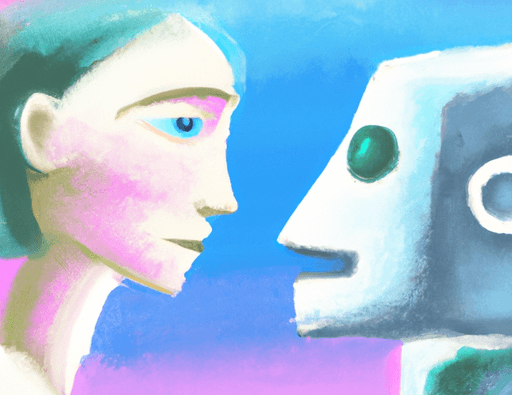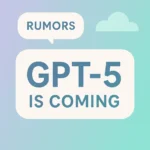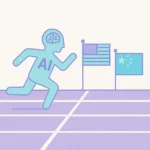Imagine you’re watching an animated movie, and suddenly you feel a little uneasy because one of the characters on the screen looks almost—but not quite—like a real person. It’s a feeling that many of us have experienced, and it’s called the “uncanny valley.” The concept of the uncanny valley has been a staple in the world of robotics and animation, capturing our sense of discomfort when we encounter humanoid figures that come eerily close to resembling real humans, but still fall short. The question is, can this same unsettling experience happen with words, not just images? With the rise of AI-powered text generators like ChatGPT, Bing, and Bard, we’re starting to see signs that the answer might be “yes.”
So, what is the uncanny valley, anyway? Masahiro Mori originally coined the term to describe how we respond to robots and animated characters. When these figures look and move like humans, we feel a sense of affinity toward them. But there’s a twist: if they get too close to looking human without actually being perfect replicas, we start to feel a little creeped out. The uncanny valley is that dip in our emotional response, where our connection to the figure drops and is replaced by a sense of unease. This idea might not be limited to visual phenomena — it could also apply to the language generated by AI.
Let’s start with ChatGPT, the AI conversationalist that’s been making waves. ChatGPT is an AI language model designed to engage users in conversation. It can chat about a wide range of topics, offer advice, and even tell jokes. But as clever and versatile as ChatGPT can be (… sometimes), there are times when it produces text that feels a bit off. It might respond to a question with language that’s overly formal, or it might generate a reply that no human would ever say. But even ChatGPT’s more obvious moments (aside from boilerplate “As an AI Language Model” statements) can be fairly smooth from a conversational perspective. If there is a language model that falls in that spot between humanish-machine and human in its presentation, it is ChatGPT.
Bing, the well-known search engine, has also stepped into the realm of AI text generation. By integrating AI-powered language models into its search capabilities, Bing is able to provide more dynamic and personalized search results. In theory. Rarely, the search results generated by Bing’s AI can be so spot-on that it feels like the search engine is reading your mind. Most often, Bing is pretty is obviously an AI, and isn’t trying to hide that fact. Indeed, the presence of the AI is the selling point. So Bing is fairly safe from the uncanny valley.
Next up, we have Google’s Bard. Ok, look. There are few good ways to say this neutrally–as Bard stands right now, it is pretty awful all around. Conversationally and in terms of its results. With a few exceptions, users are better off searching Google’s tried-and-true search engine. Although people may sometimes be disturbed by Bard, chances are it’s not from the uncanny valley effect.
When it comes to comparing the uncanny levels of ChatGPT, Bing, and Bard, ChatGPT is the most probable culprit. Different factors contribute to that eerie feeling, and each platform has its own quirks. User expectations and familiarity with the technology also play a part. But ChatGPT remains in a class of its own, despite the fact that the AI behind Bing is also based on GPT technology from OpenAI.
Ultimately, the goal is to find a balance—a sweet spot where AI-generated text is human-like enough to be engaging and useful, but not so human-like that it crosses into the realm of the uncanny, and going beyond that to indistinguishable-from-human carries a whole host of potential negative implications. Just look at the way text-to-image generators like Stable Diffusion are creating chaos in the artistic world by imitating the styles of living artists. It’s a delicate dance, and one that requires constant fine-tuning as AI technology evolves.





